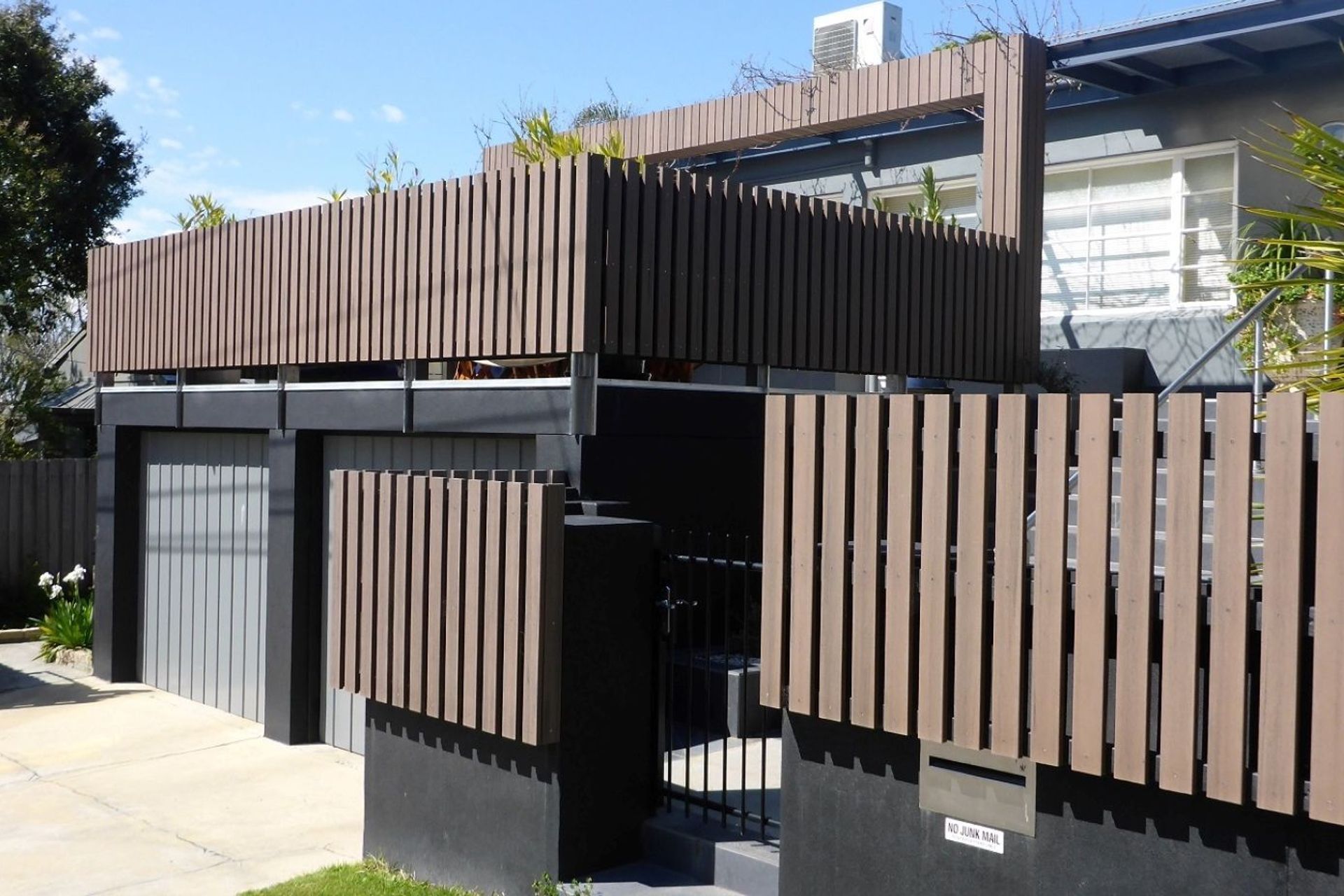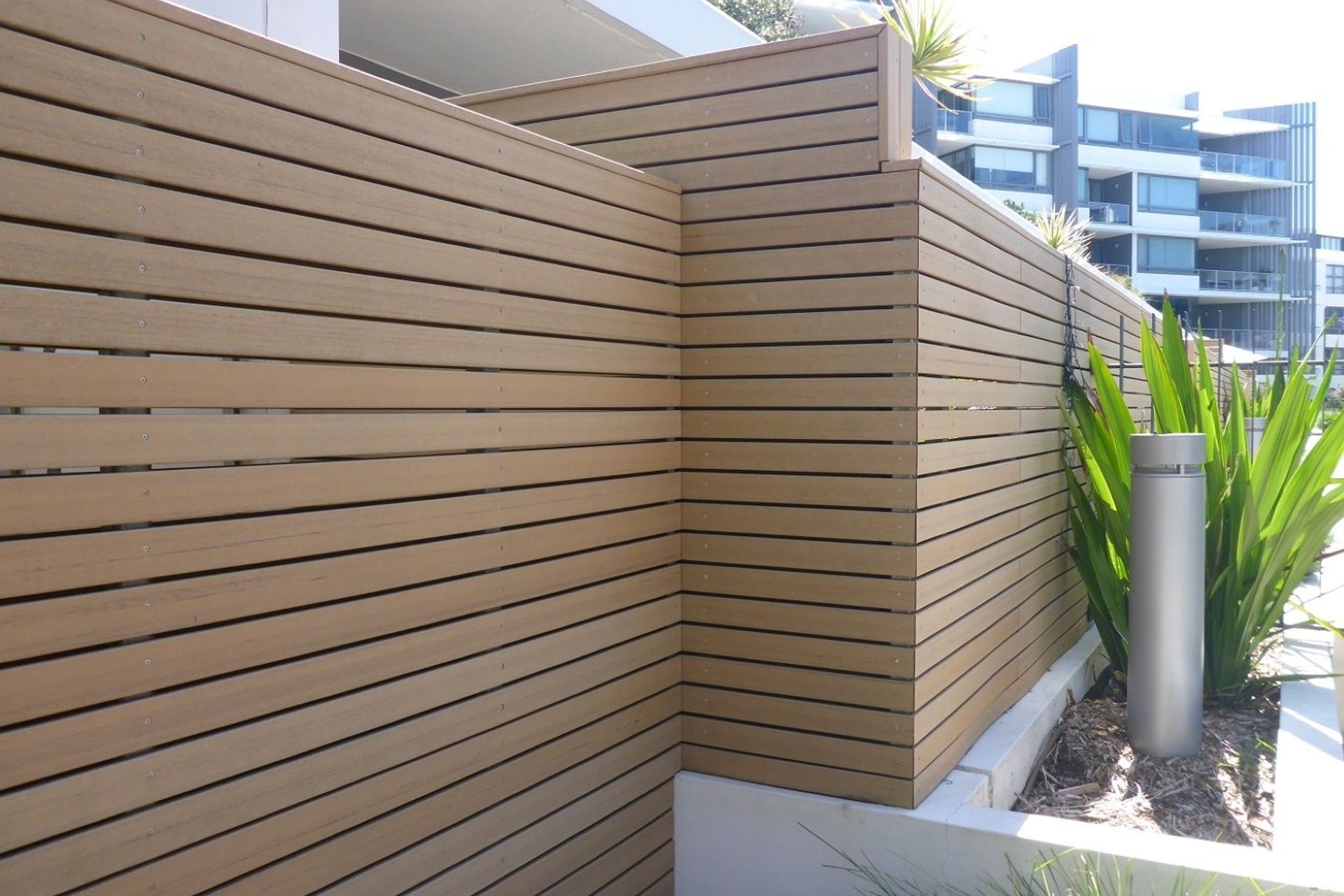What is composite fencing and why is it so popular?
Written by
02 December 2020
•
6 min read
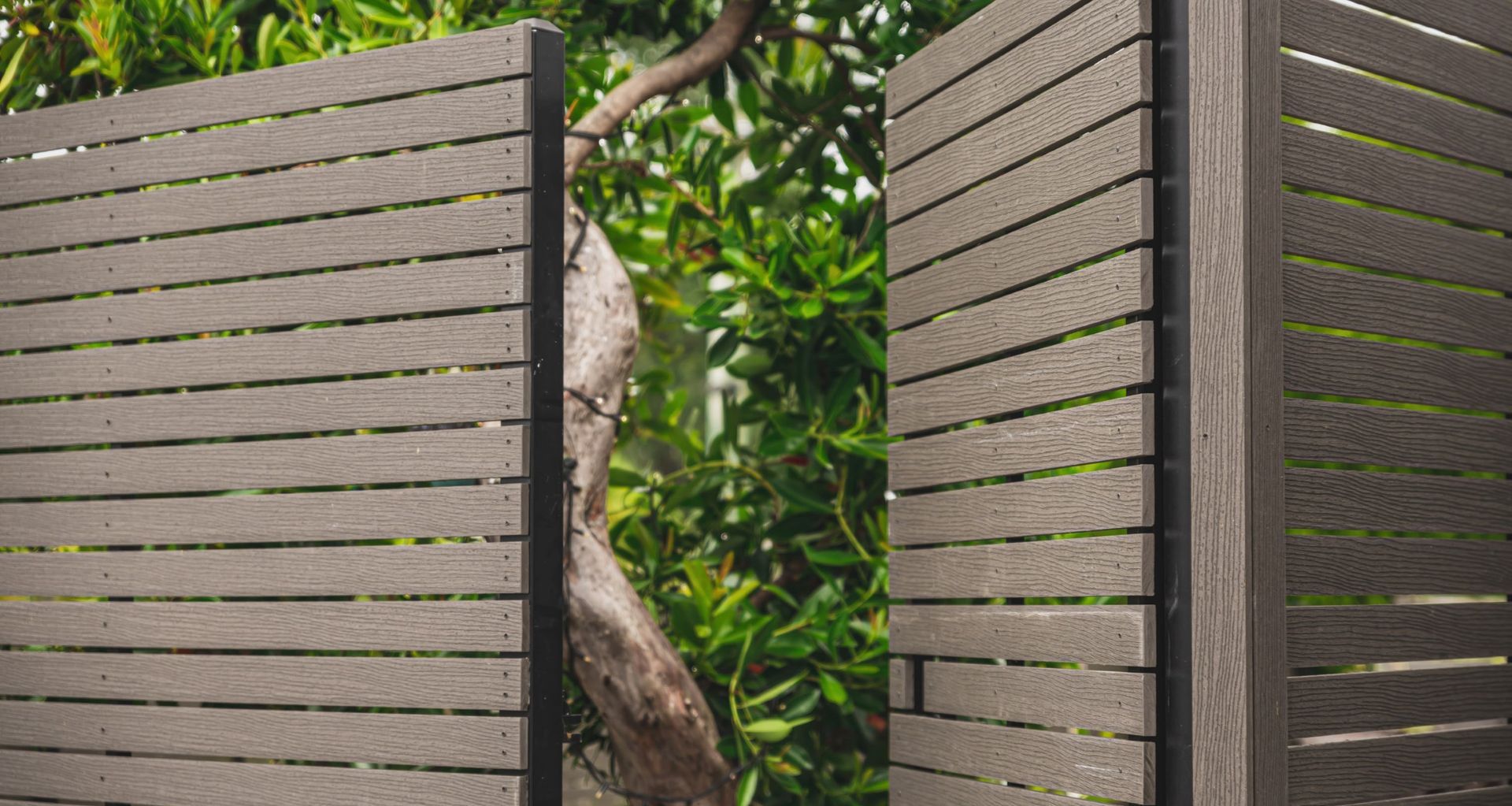
There's always been a fashionable trend towards natural materials when it comes to fencing or any type of construction for that matter. A certain stigma exists when it comes to synthetic alternatives like composite fencing due to the impression they are cheap and low-quality. However, much has changed in the manufacturing processes of these products which have evolved with the times to stay relevant and appealing, winning new fans in doing so.
What is composite fencing?
Composite fencing is made from compound of real wood and (usually) recycled plastic. The wood composition gives it a distinctive organic look, while the plastic increases its longevity and resistance to elements and pests that degrades natural options.
Composite fencing materials are durable and low-maintenance. These features, supported by new sustainable values and continued cost-effectiveness have allowed it to maintain its growing popularity in New Zealand.
Related article: 12 types of fences for New Zealand homes — pros and cons
What are the advantages of composite fencing?
The easiest way to understand why composite fencing is so popular is to look at its compelling benefits which include the functional and aesthetic.
1. Strength and durability
One of the most appealing traits of composite fencing is its strength and durability. Composite fencing panels are incredibly robust and resistant to rot, decay and insects. They also stand up well to a variety of weather conditions making it great for New Zealand with its natural inclination for "four seasons in one day".
2. Low maintenance
Another benefit of composite fences is that they are very low maintenance. Composite fencing boards don't splinter or warp like some timber fencing solutions can and don't require additional staining or painting every other year as they are generally fade-resistant. Given the busy lives we lead, this is a very big drawcard.
3. Environmentally friendly
Most modern, high-quality composite fence boards include a recycled plastic component giving them some credible environmental credentials. They also don't tend to leach chemicals into the soil which some treated woods can. These factors are perhaps one of the biggest shifts in the characteristics of these products and one that has won a lot of property owners over.
4. Ease of installation
Composite fencing boards and panels are comparatively lightweight compared to other materials making them much easier to manage when it comes to delivery and installation. They are also often designed with interlocking systems which are again quick and less labour-intensive to assemble. This is also why they are generally more cost-effective and affordable.
5. Diverse and attractive aesthetics
Another area where composite fences have greatly improved is in design and aesthetics. Quality products no longer have that cheap faux look which has always been a problem for some. Composite materials can now very closely mimic the look of a wooden fence to such an extent it's hard to distinguish the two. They are also available in a wide range of looks and styles outside this giving homeowners a great opportunity to find something specific to their personal tastes and preferences.
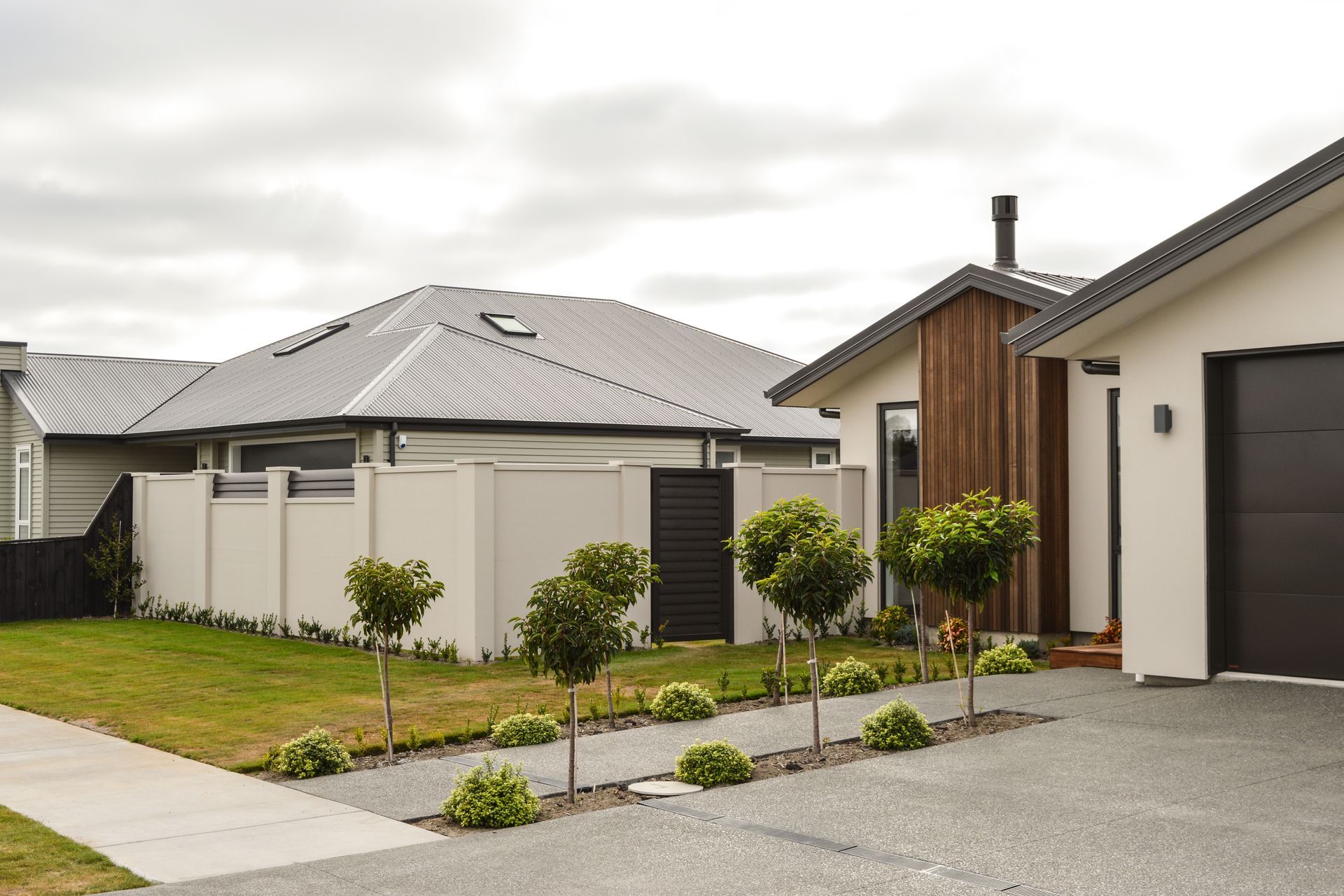
What are the disadvantages of composite fencing?
While there are some strong positives when it comes to composite fencing, there are some aspects and instances which might mean it isn't the best fencing material for you.
1. Cost of premium options
The upfront costs for high-quality options can sometimes be above and beyond that of natural alternatives. This is by no means a fact across the board but something you may notice so should be pointed out. The long-lasting nature of these products though tends to mean that it balances out with a strong return on investment.
2. Appearance compared to natural fencing materials
While the look of these products has improved markedly over recent years, there are fencing purists who still will only insist on natural wood fencing. The allure of natural wood is undeniably strong which some just cannot resist, which is a perfectly understandable position to take.
3. Scratches and repairs
Some composite fences can be susceptible to scratches compared to wooden fencing which is more relevant to those with young kids and pets. Replacing composite boards that get broken is also arguably more challenging than wooden panels which are widely available no matter where you are.
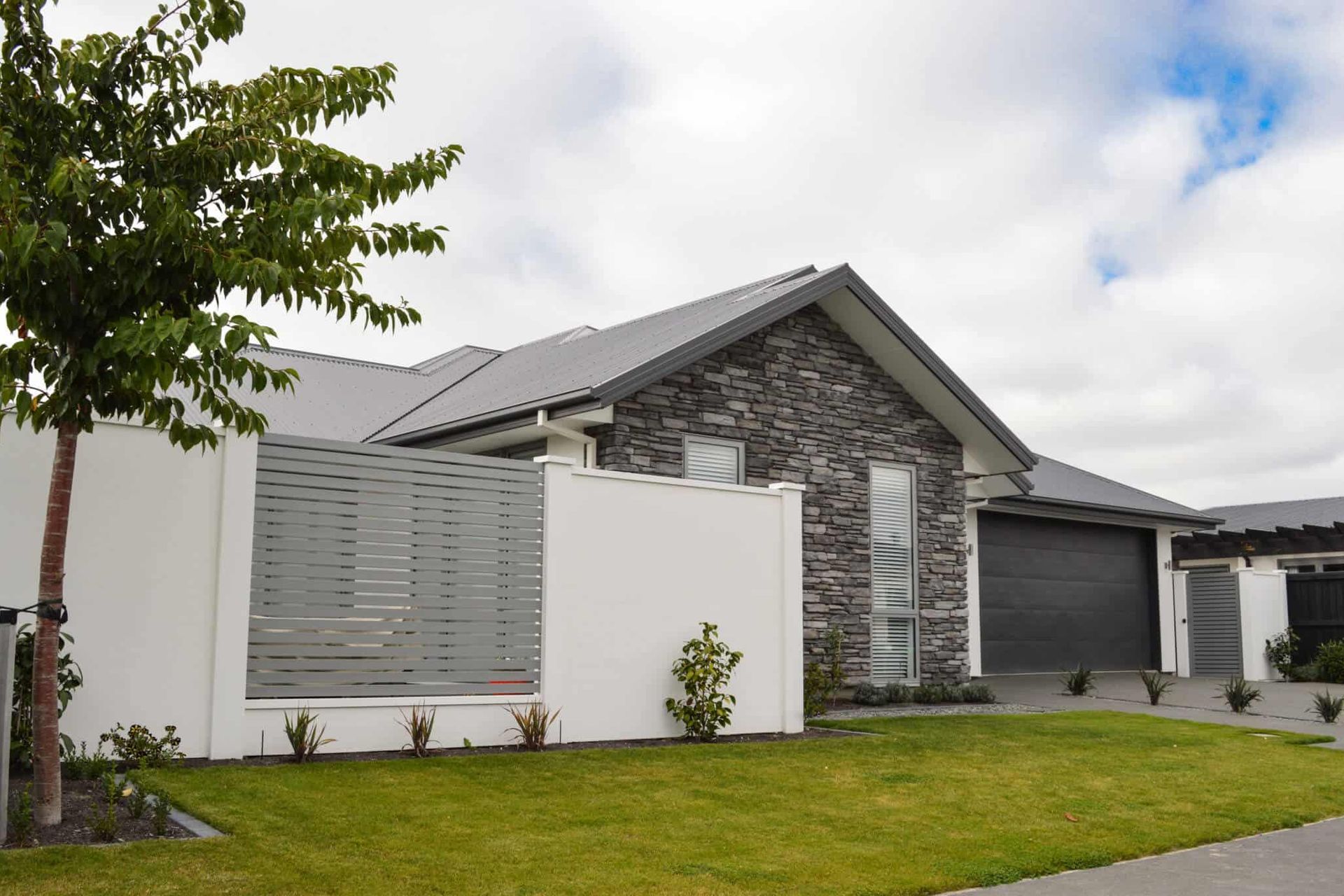
How does composite fencing compare to wooden fencing?
Many of the key differences between composite fencing and wooden fencing have already been discussed but the main influencing factors are usually cost, aesthetics and upkeep.
In terms of pricing, high-quality hardwood and composite fencing solutions can be equally expensive but the very cheapest options are probably timber so if you are constrained by budget, you may opt to go for that.
The natural appearance of wood can also be a strong influence, however, composite fencing offers some compelling look-a-like options now which can make even the most ardent timber fence fans think twice.
When it comes to maintenance, those who want something with very little upkeep are almost better off choosing composite materials. With no threat of rot or pest damage and with no requirement to repaint or stain every other season, composite fencing is a real set-and-forget solution.
How much does composite fencing cost?
On average, a composite fence panel costs approximately $40 per square metre but this can vary depending on the brand, quality and design of the product. Most fencing suppliers are happy to provide quotes for a project so be sure to get a number before making a final decision.
Related article: The cost of fencing in New Zealand — types, materials and more
Is composite fencing the best choice for you?
Having covered all the pros and cons of composite fencing and compared it to its most popular rival in traditional timber fencing, you should now be in a much better place to make a judgement call on whether it is right for you. Composite fence panels have come a long way in recent years and we have no doubts that they will continue to evolve and become an increasingly popular option for Kiwi homes.
(This article was updated on 15th December 2023)
